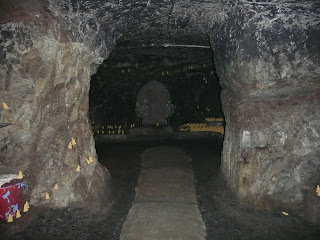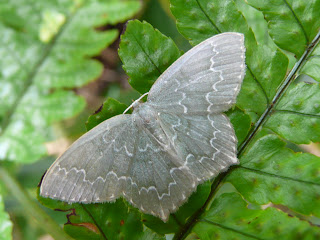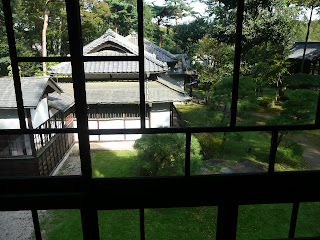



Don't bother to look for cracks in -- or broken bits from -- the statues and figurines in the above photos taken at Kamakura's Hasedera Temple (the top most one) and Kawagoe's Kitain Temple (the bottom two). Even if you do find them though, they're not the point of this Photo Hunt entry. Rather, it's the broken hearts and dreams that are behind each and every one of the smaller figurines in the pictures.
Although he is not the main deity worshiped in the Hasadera and Kitain Temples, there are areas in these sacred spaces devoted to Jizo Bodhisattva (aka Ojizi-Sama, Ksitigarbha, etc.). Of Indian origin (like Gautama Buddha himself), this bodhisattva is particularly revered among East Asian Buddhists -- and beloved in Japan, where he is popularly venerated as the guardian of unborn, aborted, miscarried or stillborn infants.
Put another way: every figurine in the photo represents people's unborn, aborted, miscarried or stillborn babies. Looking at them, it's not just their numbers that can overwhelm. For often placed amidst the cold stone or cement statuettes are stuffed toys, tiny shoes and other items associated with babyhood.
Since I don't want to leave readers of this entry's text all depressed, here's ending this entry with a link to a heartwarming Japanese fable entitled Ojizo-san, the The Grateful Statues. I do hope that you will click on that link and read the tale -- because, if nothing else, it will make you realize that generosity and the appreciation of it does cross borders and cultures. (And on a lighter note, please feel free to check out a cute Jizo statue and other kawaii elements of Japan in my previous blog entry!)
















































